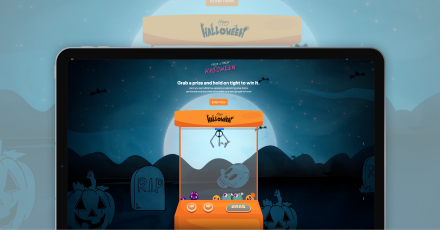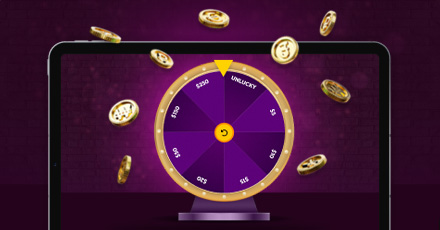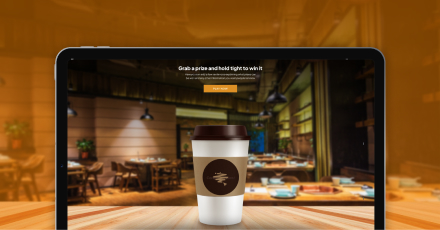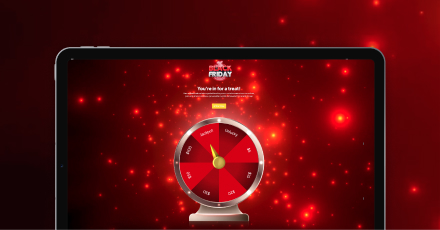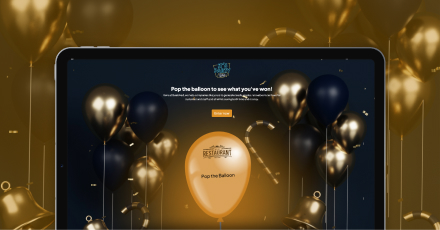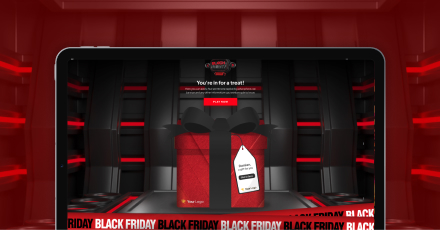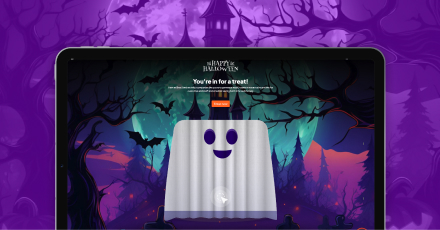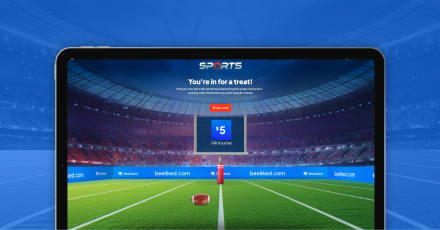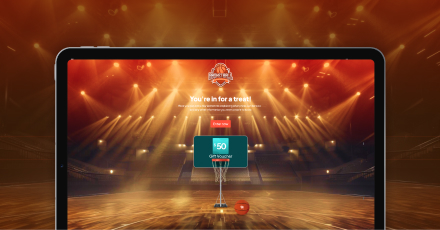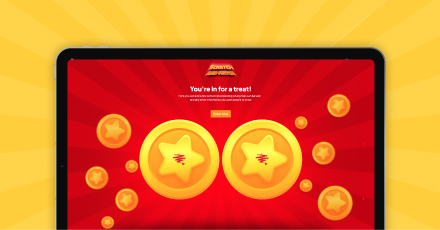Interactive marketing has opened new doors for businesses to connect with audiences in more meaningful, memorable ways. Unlike traditional one-way messaging, interactive promotions invite people to engage and be part of the brand journey. However, as effective as this approach can be, it’s not foolproof. Many companies rush into interactive marketing without a clear plan, leading to common missteps that stall momentum or waste resources. To help you sidestep these errors, we’ve rounded up five interactive marketing mistakes to avoid, along with practical advice to help you get it right from the start.
What Makes Interactive Marketing So Effective?
Marketers once focused on impressions and reach as the primary markers of success. Though, as consumer expectations evolve, those numbers no longer paint the full picture. Interactive marketing shifts the focus from passive exposure to active participation. Campaigns that invite users to play, vote, share opinions, or offer feedback don’t simply entertain, they generate real-time data that reflects how customers think, feel, and behave. This engagement unlocks valuable insights. Rather than guessing what your audience wants, you can shape future campaigns, product decisions, and messaging with confidence.
Interactive experiences also help brands create a sense of connection and reciprocity; users are more likely to take action when they feel involved and valued. Whether it’s a quick spin-to-win or a mystery envelope, interactive formats give users a reason to stay longer and engage deeper. It’s not about reaching more people, it’s about reaching them better.
Five Interactive Marketing Mistakes to Avoid
1. Skipping Audience Research and Segmentation

One of the biggest mistakes in interactive marketing is jumping in without first understanding who you’re trying to reach. For startups eager to gain traction, it’s tempting to cast a wide net. But if you’re speaking to everyone, you’re likely connecting with no one.
Effective interactive promotions are built on clear audience insights. That means going beyond demographics to understand your audience’s motivations, challenges, and preferences. Segmenting your audience by behavior, location, stage in the buyer journey, or other key traits lets you create more targeted, relevant experiences.
For example, a campaign that resonates with first-time visitors may not appeal to loyal repeat customers. Without proper segmentation, you risk sending out generic messaging that falls flat. Taking time to define your audience and tailor your approach sets the stage for stronger engagement and better results.
2. Ignoring Automation and Personalization from the Start

Another critical mistake is overlooking the role of automation and personalization in interactive marketing. Many businesses treat these as add-ons rather than building them into their strategy from the beginning, but that means missing out on major opportunities to connect more meaningfully and operate more efficiently.
Today’s marketing platforms allow you to tailor messaging based on real-time behavior, preferences, or engagement history. And audiences expect that level of relevance: according to McKinsey, 71% of consumers expect personalized communication from brands.
Automated workflows can help you segment audiences, trigger follow-ups, and optimize performance without constant manual input. The real impact is felt when automation and personalization are connected, turning raw interaction data into insight-led campaigns. Without this foundation, your data stays siloed, and your campaigns lose momentum.
3. Offering the Wrong Incentive for the Right Audience

Even when you’ve clearly defined your audience, the campaign can fall flat if the prize doesn’t match their interests. A high-value reward might drive traffic, but that traffic means little if it doesn’t convert. Companies often chase volume with prizes that appeal to everyone, only to realize later that they’ve attracted the wrong crowd.
Effective interactive promotions focus on relevance, not reach. A prize that speaks directly to your audience’s needs or goals is far more likely to generate qualified leads. It might reduce total entries, but it improves lead quality, and that’s what drives ROI. Therefore, before finalizing your incentive, ask: Does this add value to the people we want to convert? If the answer’s no, it’s time to rethink.
4. Rushing the Campaign Without Proper Planning

One of the fastest ways to sabotage an interactive marketing campaign is to launch it without a clear plan. It’s not enough to have a clever idea and a flashy prize, you need to map out the full campaign journey, from how people will discover it to what happens after they engage.
Startups often skip over key steps like setting campaign objectives, writing compelling copy, testing user flows, or planning post-entry communications. The result? Broken links, unclear messaging, poor user experience, or worse, leads that go nowhere.
Every successful interactive promotion requires structure: What’s the goal? How will success be measured? What happens after someone enters or wins? Without answers to these questions, even the most exciting concept can fall flat.
5. Neglecting to Nurture Leads After the Campaign

Collecting leads through interactive promotions is just the beginning. A common mistake is letting those contacts go cold once the campaign ends. Without ongoing communication, the connection fades, and the opportunity to convert interest into action is lost.
To maintain engagement, it’s crucial to have a follow-up strategy. This could include sending updates about the contest, announcing winners, or providing exclusive offers to participants. Implementing an automated email sequence can help keep your brand top of mind and build trust over time. By continuing the conversation, you not only increase the chances of conversion but also foster a loyal customer base that feels valued beyond the initial interaction.
Build Smarter, More Impactful Promotions with BeeLiked
Interactive marketing works best when every part of the campaign is aligned, from your message and audience to your prize and follow-up. However, many startups and marketing teams rush to launch without a solid foundation. They aim for high engagement but miss the mark when it comes to relevance, execution, or long-term value. Avoiding the five mistakes we’ve covered means being intentional at every stage of your campaign. It’s not about perfection, it’s about planning, alignment, and relevance.
If you’re ready to take a more strategic approach to interactive marketing, start by exploring how it works within your specific industry. BeeLiked offers solutions tailored to sectors like finance, education, hospitality, retail, and more, making it easier to design campaigns that speak directly to your audience. Visit BeeLiked’s industry solutions page to see how interactive promotions can deliver results in your space. Because successful marketing doesn’t rely on guesswork, it’s built on insight.

